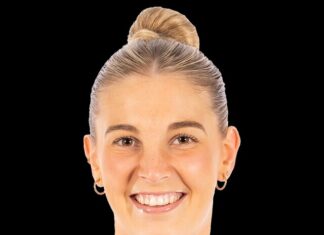FEW PEOPLE know that the budgie is found only in Australia.
Budgies have also enriched our lexicon – think budgie smugglers, budgie bath and refusing to budge. The word’s even been the title of a television series and a rock band’s name.
Geelong and District Budgerigar Society is proud Australia gave the budgie to the world.
Secretary Ron Wilson said the original tiny green budgerigar variety breeds in millions in the outback.
“Budgies were first taken to other countries 160 years ago. All colours you see today have been bred by into budgies using selective breeding of mutations,” he said.
“There are now 24 varieties that can officially be shown.”
First recorded in 1805, budgies are now the most popular pet in the world after dogs and cats.
Ron said budgies were far from birdbrains, despite their petite size.
A stray budgie was reportedly returned to its owner after telling police its home address. The owner said she taught the budgie her address after a previous bird flew away and disappeared.
But breeding budgies could be tricky, Ron explained.
“It’s a bit like breeding racehorse, where bloodlines are very important.
“Each variety of bird breeds in a different manner. You have got to know what varieties you can put together, otherwise you can breed something that cannot be shown. It’s important to keep very good records.”
The ultimate aim of breeding budgies was to show them, Ron said.
“The hobby can be pursued at all levels – you can show birds on a local basis or you can go all over the state – there are 23 clubs around Victoria.
Geelong hosted its first national show last year, with a local club member winning a title.
“Top breeders can command huge money in some cases. It’s very competitive at the top level over something so petite,” Ron said.
“If you win a state or national event your birds become valuable because other breeders want to breed their birds with yours to improve their bloodlines.
“Size is important, the bigger the better. Budgies are now three times the size of the native birds.
“The quality of the head, the shape and size of the wings, the posture of bird, the quality of the feathers, these are all aspect judges look at.”
Ron said the Geelong club had four champion breeders.
“There’s lots of experience to pass along to new breeders. People who are just beginning can find out the difference between good and bad varieties and get tips and advice.”
Ron said more information about the club was available by phoning him on 5248 5868.
Get the latest news to your email inbox FREE!
REGISTER






